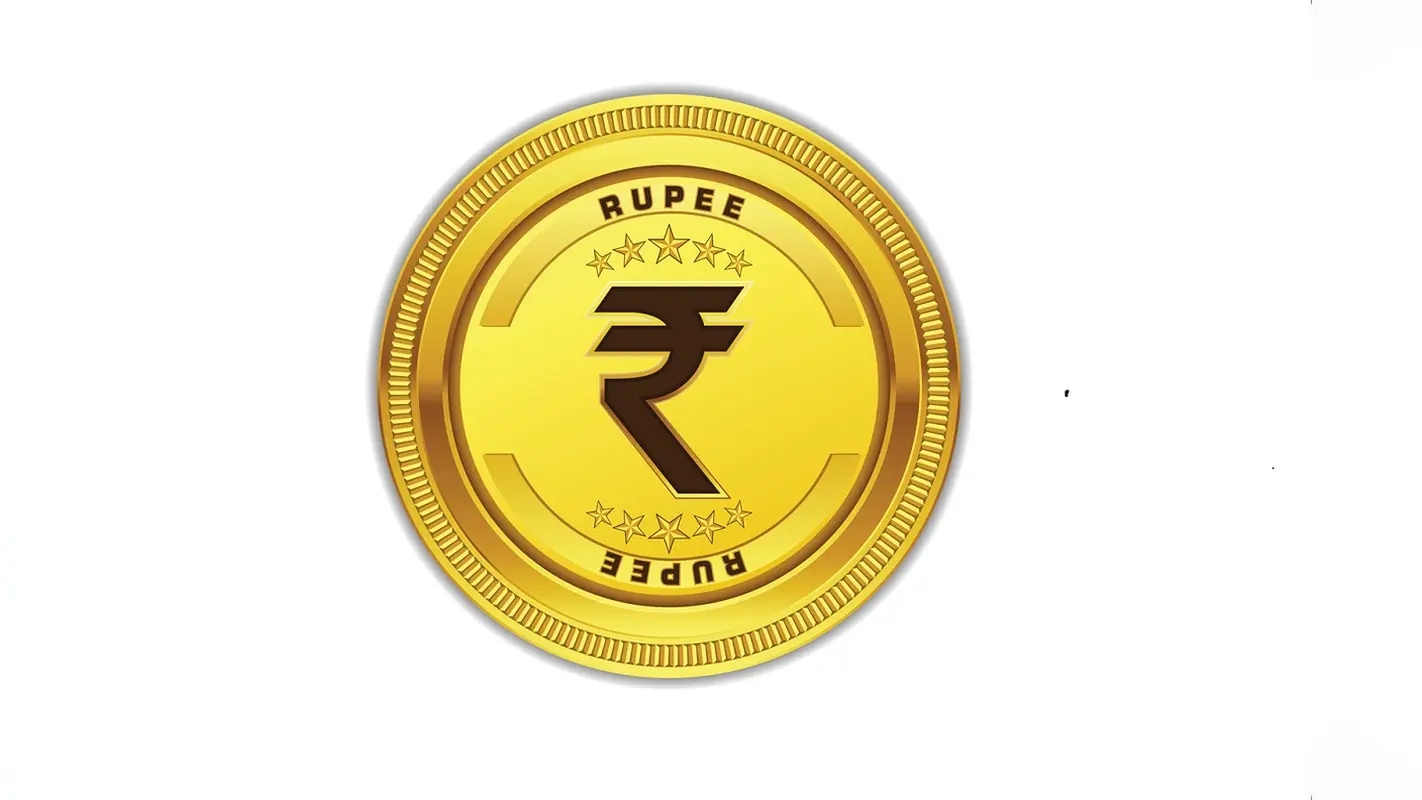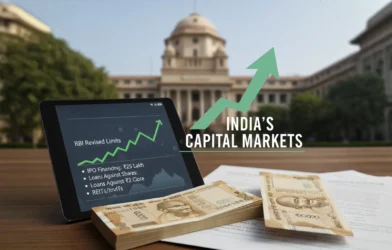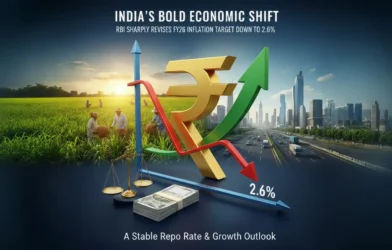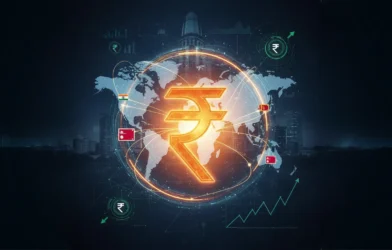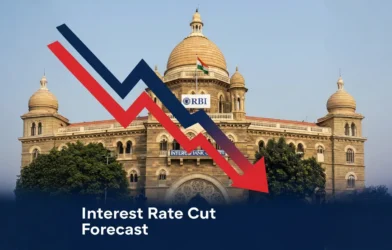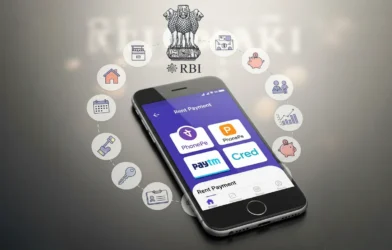Author: Dev Patel | EQMint | General News
Mumbai, October 13, 2025 — In a landmark development for India’s financial technology ecosystem, the Reserve Bank of India (RBI) has officially launched the Offline Digital Rupee, a major milestone under its Central Bank Digital Currency (CBDC) initiative. The announcement was made at the Global Fintech Fest 2025, positioning India among the first countries globally to operationalize an offline version of a central bank digital currency.
This innovation marks a crucial step in the evolution of India’s digital economy, bridging the gap between financial inclusion and connectivity challenges in remote regions.
What Is the Digital Rupee?
The Digital Rupee (e₹), also known as India’s Central Bank Digital Currency, is a digital form of India’s physical currency, issued directly by the RBI. Like cash, it represents a sovereign liability and serves as legal tender for all transactions.
Unlike cryptocurrencies, the digital rupee is centrally regulated, ensuring security, stability, and trust under the RBI’s supervision. It is stored in a digital wallet and can be used to send or receive money instantly, similar to UPI transactions — but without intermediaries such as banks or payment apps.
Introducing the Offline Digital Rupee
With the new offline feature, users can now perform transactions even in areas without internet connectivity, making it a groundbreaking innovation for India’s rural and remote communities.
According to the RBI, the Offline Digital Rupee allows users to make person-to-person (P2P) and person-to-merchant (P2M) transactions without requiring mobile data or Wi-Fi. It aims to replicate the simplicity and reliability of physical cash while maintaining the convenience of digital payments.
“The Offline Digital Rupee represents the next phase in India’s digital currency evolution — one that ensures financial inclusion even in the absence of connectivity,” said an RBI spokesperson at the event.
The feature was showcased through a live demonstration at the Global Fintech Fest, where users were able to make payments by tapping their phones or scanning QR codes. The transaction was instantaneous, with value being transferred directly between two digital wallets — no network, no delay.
How It Works: Technology Behind the Innovation
The RBI has revealed that multiple offline transaction models are being tested as part of the pilot program.
One model supports transactions without internet but requires basic telecom connectivity, while another model uses Near-Field Communication (NFC) technology, enabling tap-and-pay functionality similar to contactless card payments.
The HDFC Bank has been named as a key partner in this initiative, collaborating with the RBI to develop and test the offline payment ecosystem.
In a demonstration video shown during the event, users simply tapped their device against another user’s or merchant’s phone to complete the payment. The process mimics cash exchange — direct, peer-to-peer, and instantaneous — with digital verification ensuring transaction integrity once connectivity resumes.
‘Cash, But Digital!’ — A Step Toward Inclusive Finance
Branded under the tagline “Cash, but Digital!”, the Offline Digital Rupee seeks to offer a cash-like experience in a digital format, bridging the urban-rural divide in financial services.
The RBI emphasized that the feature is designed to function seamlessly in low-network or no-network areas, including villages, hilly regions, and disaster-prone zones where connectivity is inconsistent. This ensures that every citizen, regardless of internet access, can participate in the digital economy.
Moreover, the Offline Digital Rupee is programmable, meaning it can be configured for specific use cases such as government subsidies, corporate disbursements, or welfare schemes. This programmability enables efficient targeting, traceability, and control in fund distribution, reducing leakages and ensuring transparency.
“This programmable feature allows organizations and governments to define how and where digital rupee funds are spent — making it ideal for social programs, scholarships, and direct benefit transfers,” an official from the RBI’s digital payments division said.
Faster, Cheaper, and More Reliable
One of the most significant advantages of the Offline Digital Rupee is that it operates independently of the internet, making it faster, cheaper, and more reliable than conventional digital payment systems like UPI.
While UPI requires constant connectivity to verify and process transactions, the offline CBDC uses secure local authorization and synchronization mechanisms, minimizing delays and network dependencies.
Analysts note that this innovation could also reduce transaction costs, particularly for micro-merchants and small businesses in remote regions that struggle with network stability.
“The offline CBDC combines the trust of cash with the efficiency of digital payments,” said Vikram Singh, a fintech analyst at Deloitte India. “It not only enhances financial inclusion but also strengthens the resilience of India’s payment infrastructure.”
Global Leadership in CBDC Development
India’s introduction of an operational offline CBDC places it among a small group of global pioneers — including China, Nigeria, and select European nations — experimenting with offline digital currency solutions.
However, experts say India’s implementation stands out due to its scale, inclusivity focus, and real-world deployment readiness. The RBI has been running multiple CBDC pilots since 2022, covering wholesale and retail segments, with participation from major banks such as State Bank of India, ICICI Bank, and HDFC Bank.
The RBI’s approach has been incremental and consultative, ensuring the system’s scalability, cybersecurity, and interoperability with existing digital payment platforms.
A Boost for India’s Digital Economy
The launch of the Offline Digital Rupee is expected to strengthen India’s position as a global fintech innovator and contribute to the government’s Digital India vision. It complements ongoing initiatives such as UPI international expansion, Aadhaar-enabled banking, and Open Network for Digital Commerce (ONDC).
With over 1 billion digital transactions processed monthly and an expanding fintech ecosystem, India’s CBDC innovation could serve as a model for other developing economies aiming to enhance digital inclusion.
“This is a decisive step toward a fully connected yet inclusive digital economy,” said Neeraj Khera, an economist specializing in digital finance. “Offline CBDC could redefine how money moves in regions beyond the internet’s reach.”
What’s Next for the Digital Rupee
The RBI is expected to continue testing various technological frameworks and security features before expanding the Offline Digital Rupee’s rollout nationwide. Future updates may include interoperability with UPI, cross-border offline payments, and integration with wearables or smart cards.
As the RBI moves forward, the Offline Digital Rupee represents not just an innovation in payments — but a vision for universal financial accessibility in India’s digital future.
References
- NDTV Profit — “RBI Launches Offline CBDC: How Users Can Make Payments Without Internet Using Digital Cash”
- Entrackr — “RBI Introduces Offline CBDC; Users Can Pay Without Internet”
- Moneycontrol — “Digital rupee expansion: RBI eyes major boost in offline CBDC-R use”
- Cointelegraph — “Reserve Bank of India to roll out new use cases for digital rupee”
Disclaimer: This article is based on information available from public sources. It has not been reported by EQMint journalists. EQMint has compiled and presented the content for informational purposes only and does not guarantee its accuracy or completeness. Readers are advised to verify details independently before relying on them.


